Types of biodegradable cutlery
Biodegradable cutlery offers an eco-friendly alternative to traditional plastic utensils. In this modern age, where sustainability is of utmost importance, it is essential to consider the impact of our choices on the environment. Here, I present to you some popular types of
biodegradable cutlery, which not only serve their purpose but also contribute to the well-being of our planet.

Bamboo cutlery
One exquisite choice is bamboo cutlery, crafted from the bountiful resources of nature. Bamboo, a fast-growing and sustainable plant, provides the foundation for this lightweight and durable utensil. Its natural look and feel add an element of elegance to any dining experience. Moreover, bamboo cutlery is not only biodegradable but also compostable, making it an excellent choice for those who prioritize the preservation of our precious ecosystem.
Wooden cutlery
Another remarkable option is wooden cutlery, typically fashioned from birchwood or other responsibly sourced wood. The sturdy nature of this utensil, coupled with its heat resistance, ensures a reliable companion for any culinary endeavor. Its rustic charm adds a touch of authenticity to any table setting. Like bamboo cutlery, wooden cutlery is biodegradable and can be composted, reducing its environmental impact and allowing it to return to the earth from which it came.
Cornstarch cutlery
For those seeking a more innovative solution, cornstarch cutlery, also known as PLA cutlery, presents an intriguing option. Derived from renewable resources such as cornstarch or sugarcane, this bioplastic known as polylactic acid (PLA) offers a viable alternative to traditional plastic. Cornstarch cutlery is not only compostable but also breaks down into natural components, aligning perfectly with the principles of eco-friendly disposable utensils.
Paper cutlery
Among the diverse array of
biodegradable cutlery, paper cutlery stands out as an affordable and easily disposable option. Responsibly sourced from paper or cardboard materials, it provides a lightweight alternative for various occasions. Although not as durable as other choices, paper cutlery compensates for this with its biodegradability. It can be recycled or composted, ensuring a sustainable end to its lifecycle.

Frequently Asked Questions:
1.How does biodegradable cutlery compare to traditional plastic cutlery?
Traditional plastic cutlery need hundreds of years to compose, which is harmful to the environment. As for
biodegradable cutlery, they can be decomposted much faster and does not release harmful chemicals into the atmosphere.
2.How long does it take for biodegradable cutlery to decompose?
Technically, certified compostable products can be biodegraded, while some are designed only to be composed in commercial grade facilities, so it needs 6- 9 months to compose. Hydepackage can provide you with many kinds of materials of
biodegradable cutlery, including CPLA, cornstarch, paper, etc.
Factors to consider when choosing a biodegradable cutlery manufacturer
When one embarks on the task of selecting a
biodegradable cutlery manufacturer, one must take into account several important factors. These factors are of utmost significance as they ensure that the manufacturer in question possesses the necessary certifications and standards, possesses the production capacity and scalability to meet one's needs, and offers pricing and cost-effectiveness that aligns with one's budget.
Certifications and standards
One crucial aspect to consider is the certifications and standards held by the
biodegradable cutlery manufacturer. One must diligently seek out compostability certifications, such as those bestowed by esteemed organizations like the Biodegradable Products Institute (BPI) or the European Bioplastics Association (EUBP). These esteemed certifications guarantee that the cutlery in question shall break down naturally in composting facilities. Furthermore, one must ascertain whether the manufacturer possesses the esteemed FDA approval, ensuring that their products meet the necessary safety and quality standards. ISO certifications, such as the esteemed ISO 9001 for quality management systems, may also serve as an indication of a manufacturer's unwavering commitment to excellence.
Production capacity and scalability
It is of utmost importance to assess the production capacity and scalability of the manufacturer in question. One must carefully consider their manufacturing capabilities, including the type of machinery and technology they employ. Such information shall provide valuable insights into their ability to produce high-quality and consistent
biodegradable cutlery. Additionally, one must inquire about the availability of bulk order options and whether the manufacturer possesses the capability to handle large quantities with utmost efficiency. Lead time and delivery are also crucial factors that must not be overlooked, for one must ensure timely delivery to meet one's own production or distribution schedules.
Pricing and cost-effectiveness
In order to determine the cost-effectiveness of one's chosen
biodegradable cutlery manufacturer, one must engage in a careful comparison of prices with other manufacturers. While it is important to consider the price per unit, one must also take into account any additional costs such as shipping fees or customization charges. It is worth noting that some manufacturers may offer enticing discounts or promotions for bulk orders or long-term partnerships. Therefore, one must not hesitate to inquire about any available cost-saving opportunities. By meticulously evaluating the overall pricing and cost-effectiveness, one shall be able to find a manufacturer that aligns with one's budget while upholding the desired standards of quality and sustainability.
Advantages of employing biodegradable cutlery
Biodegradable cutlery proffers sundry advantages that render it a more desirable choice over conventional plastic utensils. These advantages encompass:
Environmentally amiable
One of the principal benefits of
biodegradable cutlery is its salutary impact on the environment. Unlike plastic cutlery, which perseveres for centuries before decomposing,
biodegradable cutlery is crafted from natural materials that can disintegrate much more expeditiously. Ergo, it shall not contribute to the burgeoning predicament of plastic pollution in landfills and oceans.
Renewable resources
Biodegradable cutlery is oftentimes fashioned from renewable resources such as cornstarch, sugarcane, or bamboo. These materials can be harvested in a sustainable manner, ensuring an incessant supply sans depleting finite resources. By employing cutlery derived from renewable resources, we can curtail our reliance on fossil fuels, which are employed in the production of conventional plastic utensils.
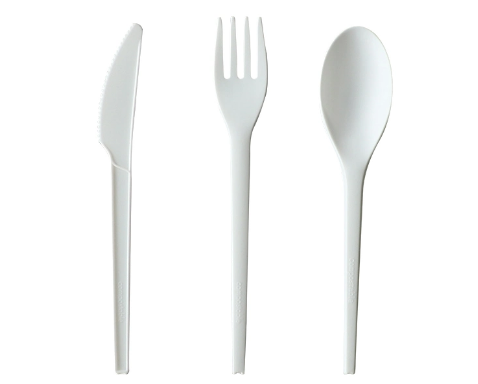
Diminished carbon footprint
The fabrication of
biodegradable cutlery generally necessitates less energy in comparison to the production of plastic cutlery. This engenders a diminished carbon footprint, as fewer greenhouse gas emissions are released during the manufacturing process. Additionally, the utilization of renewable resources in the production of
biodegradable cutlery can further contribute to the abatement of carbon emissions and the combat against climate change.
Biodegradable and compostable
Unlike plastic cutlery, which endures in the environment for centuries,
biodegradable cutlery is contrived to naturally degrade over time. This signifies that when appropriately disposed of, it can be composted and reintegrated into the soil as organic matter.
Biodegradable cutlery proffers a more sustainable denouement, as it can be fully assimilated into the natural cycle sans causing detriment to the environment.
Non-toxic and chemical-free
Biodegradable cutlery is typically devoid of pernicious chemicals such as BPA (bisphenol A) and phthalates, which can permeate food and pose health hazards. This renders it a safer option for both consumers and the environment. By opting for
biodegradable cutlery, we can mitigate our exposure to potentially harmful substances and promote overall well-being.
Hyde Group can provide you with any customized size of
disposable biodegradable cutlery you want, such as CPLA and cornstarch, which has over 13 years of export experience and has exported to more than 150 countries. If there is a certain custom printing or size in your heart, please feel free to contact us, we will reply within 24 hours.
 4973
4973 298
298


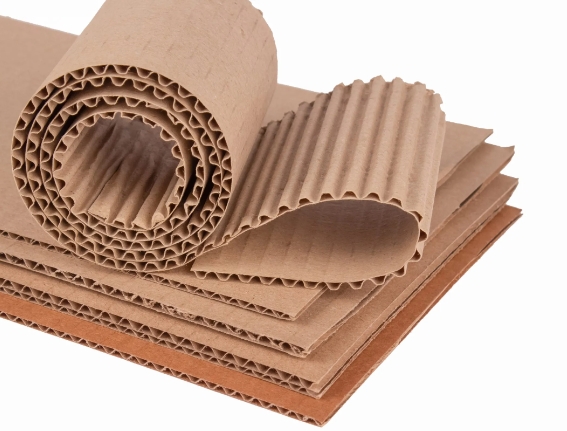 The Diversity of Corrugated Boxes Packaging
The Diversity of Corrugated Boxes Packaging
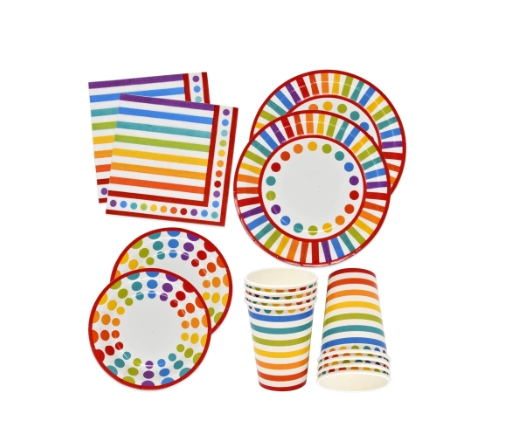 Health Concerns With Disposable Paper Plate Usage
Health Concerns With Disposable Paper Plate Usage
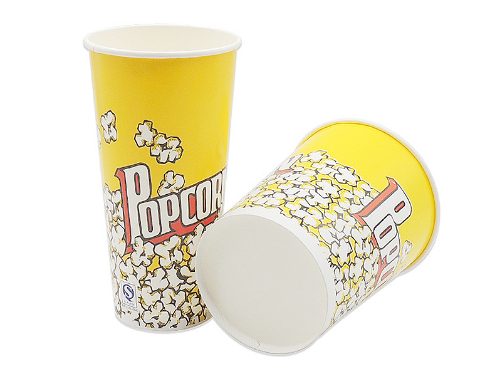 Understanding PE Coated Paper
Understanding PE Coated Paper
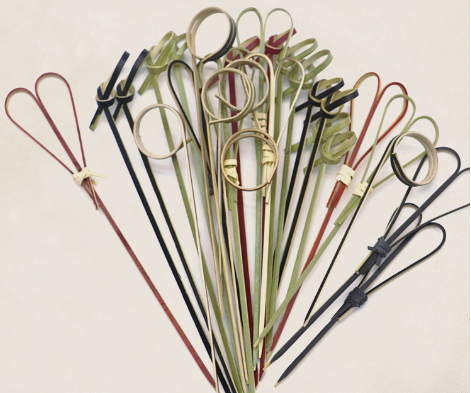 Versatile Bamboo Sticks: Types, Uses, and Benefits
Versatile Bamboo Sticks: Types, Uses, and Benefits